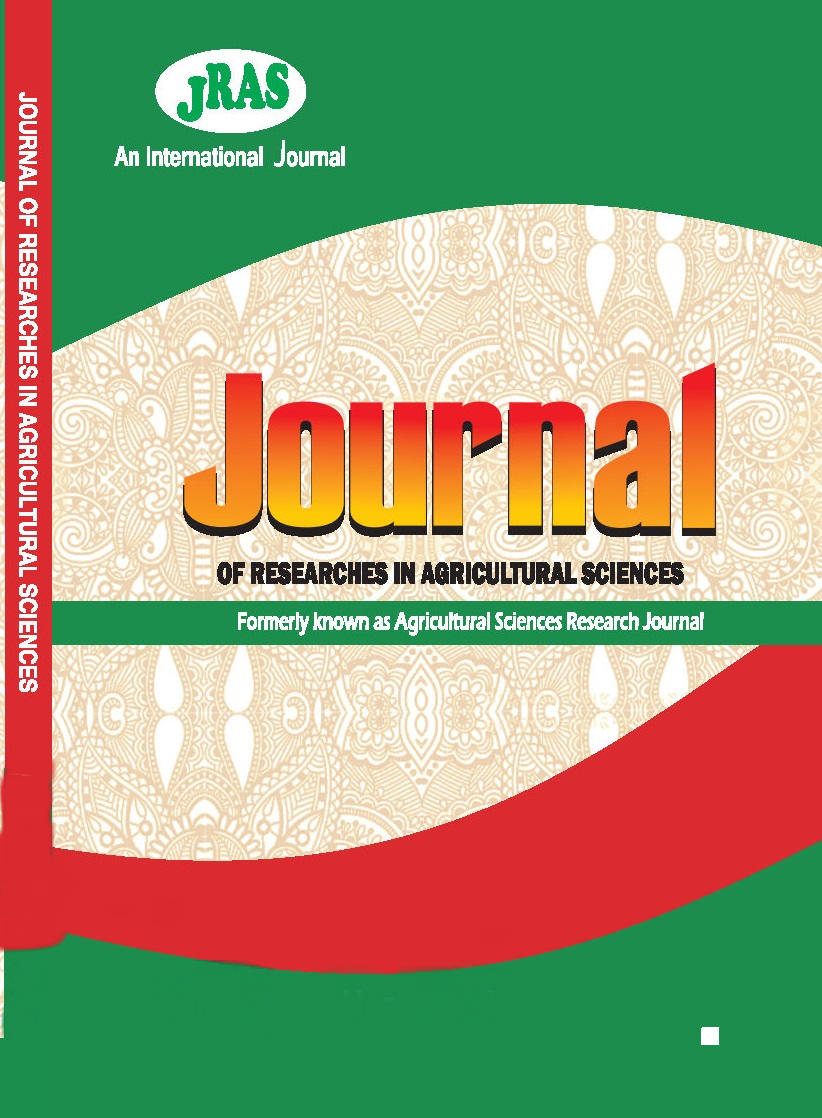Evaluation of the Nutritional Qualities of Edible Portions of Two Commercially Important Prawns in Southwest Nigeria.
Słowa kluczowe:
Asejire,reservoir,Macrobrachiummacrobrachion, Macrobrachiumvollenhovenii,Abstrakt
The nutritional qualities of the edible portions of prawn: Macrobrachiummacrobrachion(M. macrobrachion) and Macrobrachiumvollenhovenii (M. vollenhovenii)collectedfrom Oluwa Creek, Ondo State, and Asejire Reservoir, Oyo State respectively were evaluated for food security potential. Smoke-dried samples were selected for proximate and mineral analysis. The weight M. macrobrachionranged from 0.93 to 2.9g (1.97±0.62) and M. vollenhovenii ranged from5 to 24g (12.42±6.62). Standard procedures were used for biochemical and mineral analysis, and the data obtained were statistically analyzed.The values obtained for proximate and mineral analysis of M.vollenhoveniiand M.macrobrachionwere proteins (69.58±0.02 and 72.47±0.04%), carbohydrates (11.15±0.00% and 6.07±0.07%), fats (10.93±0.06% and 12.43±0.18%), moisture (4.79±0.01 and 5.49±0.15%), ash (3.21±0.01 and 3.17±0.01%) and crude fibers (0.33±0.01 and 0.37±0.01%), respectively. Significantly higher amount of magnesium (32.82±0.00mg/l), potassium (161.31±0.03mg/l) and sodium (90.17±0.04mg/l) were obtained in samples of M.macrobrachion while, M.vollenhovenii, showed higher amount of calcium (351.53±0.05mg/l), manganese (0.57±0.01mg/l), iron (4.32±0.04mg/l), zinc (1.12±0.00mg/l) and copper (0.38±0.00mg/l) The caloric energy value of 426.05kg/100g determined in M.macrobrachion was higher than the value of 421.29kg/100g forM.vollenhovenii. Values obtained for both species were significantly different (P<0.05) for the proximate and mineral compositions, except for ash, moisture, and crude fiber. The result affirmed that these shellfishes are nutritionally valuable, and are profitable for human consumption, not only as a delicacy, but also for their nutritive qualities which compare favourably with other animal protein sources.

